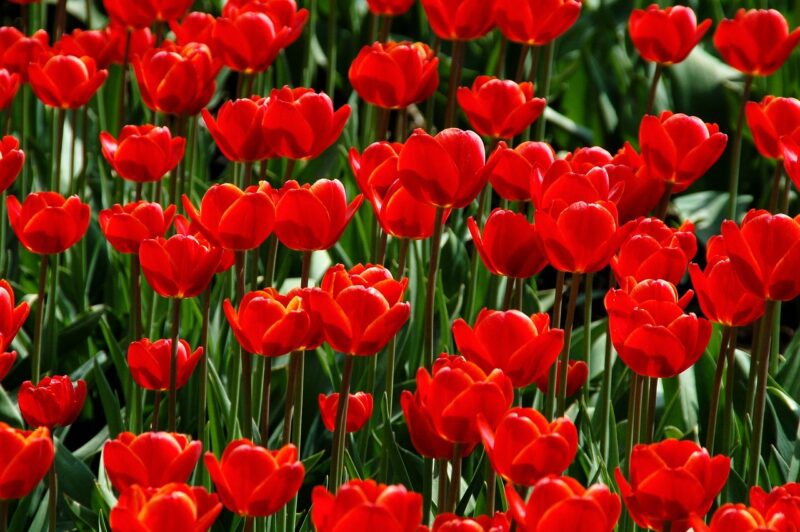The Importance of Native Plants in Supporting Local Wildlife and Ecosystems
November 12, 2024

Planting native species is one of the most effective ways to create habitats that support local wildlife and restore natural ecosystems. Unlike non-native, invasive species, native plants have evolved in specific environments and form symbiotic relationships with local fauna such as pollinators, birds, and other wildlife. This article will delve into the significance of native plants, exploring their ecological benefits, their role in supporting wildlife, and how individuals can contribute to the preservation of local biodiversity.
1. Understanding Native Plants
Native plants are species that have evolved and adapted to a specific region over thousands of years, making them uniquely suited to local conditions. They play a crucial role in maintaining biodiversity since they are integral parts of food webs and communities.
Examples of native plants include:
- Wildflowers: Such as black-eyed Susans and coneflowers, which attract primarily pollinators like bees and butterflies.
- Trees: Oaks, maples, and pines that provide habitat and food for various wildlife species.
- Grasses: Species of prairie grasses that not only prevent soil erosion but also provide cover and nourishment for many animals.
By choosing to plant native, individuals contribute to healthier ecosystems while also enhancing the local beauty of their environments.
2. Benefits of Native Plants for Ecosystems
The integration of native plants into landscapes offers numerous ecological benefits, including:
a. Biodiversity Enhancement
Biodiversity is essential for resilient ecosystems. Native plants play host to various insects, birds, and small mammals, many of which depend on them for food and habitat. The more diverse the plant life in an area, the greater the variety of wildlife it can support.
b. Soil Health Improvement
Native plants are adapted to local soil types and climates, allowing them to thrive with less fertilization and chemicals. Their deep-root systems improve soil structure and stability, leading to better water retention and reduced erosion.
c. Water Conservation
Native plants typically require less water than non-native species once established. Their deeper roots allow them to utilize moisture unavailable to shallow-rooted plants, making them ideal for sustainable landscaping in both urban and rural settings.
d. Pest Resistance
Native plants are naturally resistant to local pests and diseases due to their evolutionary history. This reduces the need for pesticides, making gardens healthier for both wildlife and humans.
3. Supporting Pollinators with Native Plants
Pollinators such as bees, butterflies, and hummingbirds are vital for plant reproduction and food production. The decline of these species has become a global concern, leading to calls for more native plant gardens. Native flowering plants provide essential nectar and pollen that are often unavailable from non-native species. Here’s how native plants help:
- Seasonal Availability: Native plants bloom at different times throughout the growing season, ensuring a continuous food supply for pollinators from early spring to late fall.
- Nectar & Pollen Quality: Native flowering plants tend to produce higher quantities of nectar and pollen that are more suitable for local pollinators compared to non-native species.
- Attracting Diverse Pollinators: Planting a variety of native species can support a wide range of pollinator species, promoting biodiversity and ecological balance.
By creating thriving habitats filled with native plants, communities can ensure a sustainable future for pollinators and, by extension, food crops.
4. How to Get Involved: Planting and Caring for Native Species
For individuals interested in making a difference, here are some steps to incorporate native plants into their landscapes:
a. Research Native Species
Before planting, research what native plants thrive in your region. Local extension services, botanical gardens, and native plant societies can provide valuable resources and suggestions.
b. Start Small
Begin with a small portion of your yard. Choose a mix of plants such as perennials, shrubs, and small trees. Even container gardening with native species can be beneficial.
c. Provide Care & Maintenance
While native plants require less care than non-native species, they still need water, particularly during their establishment phase. Mulching can also help suppress weeds and retain soil moisture.
d. Share Knowledge
Engage with neighbors and community groups. Educating others about the benefits of native plants can inspire collective efforts toward larger conservation initiatives.
5. Conclusion
The importance of native plants cannot be overstated. From supporting local wildlife and enhancing biodiversity to improving soil health and conserving water, incorporating native plants into our landscapes creates healthier environments for future generations. By beginning the journey of cultivating native species locally, we can contribute to ecological restoration and promote the well-being of all species in our ecosystems. Let’s make a conscious effort to embrace our native flora and foster a vibrant ecosystem that benefits not just us, but also all the wildlife with whom we share our spaces.






